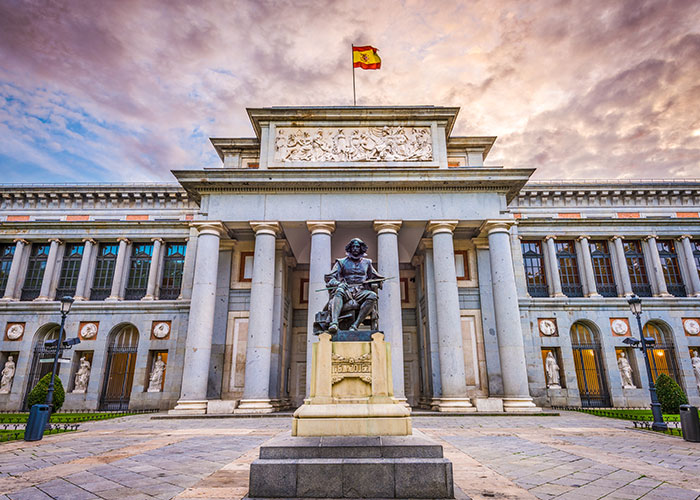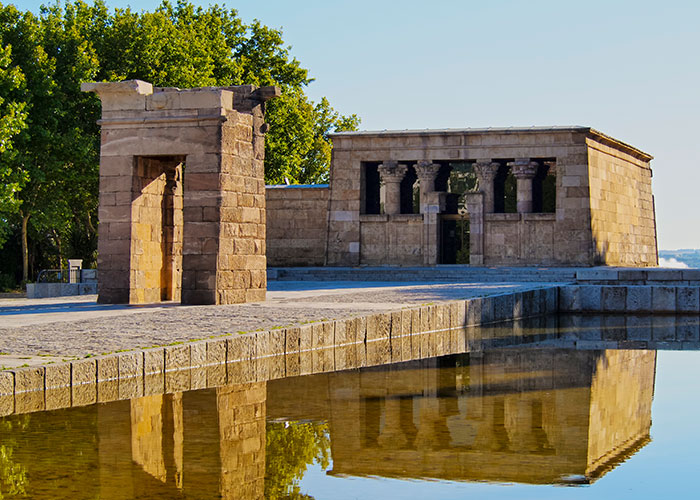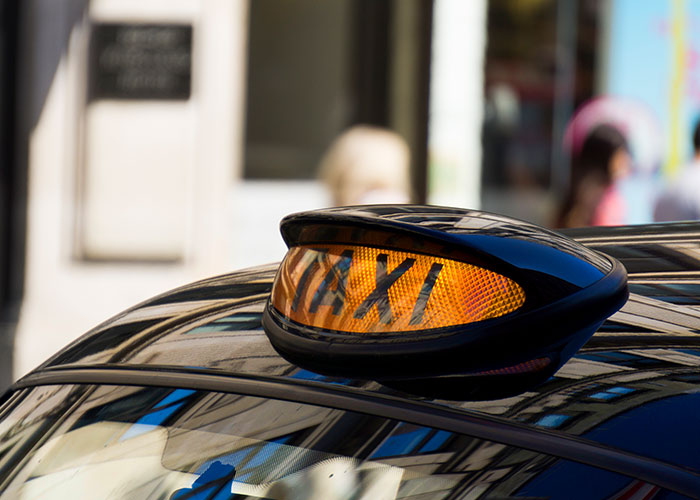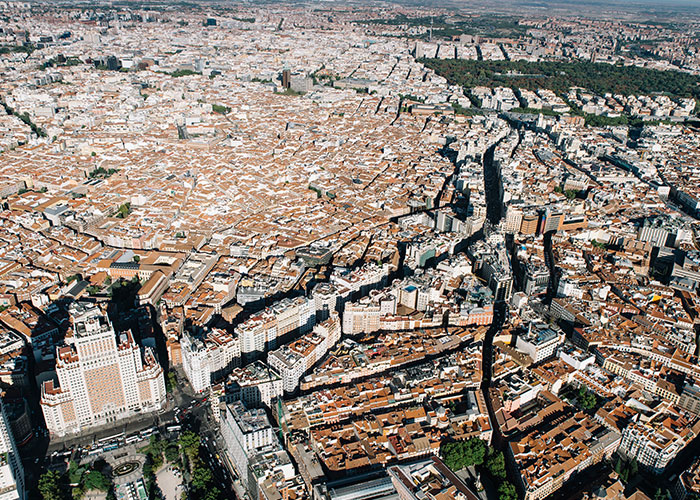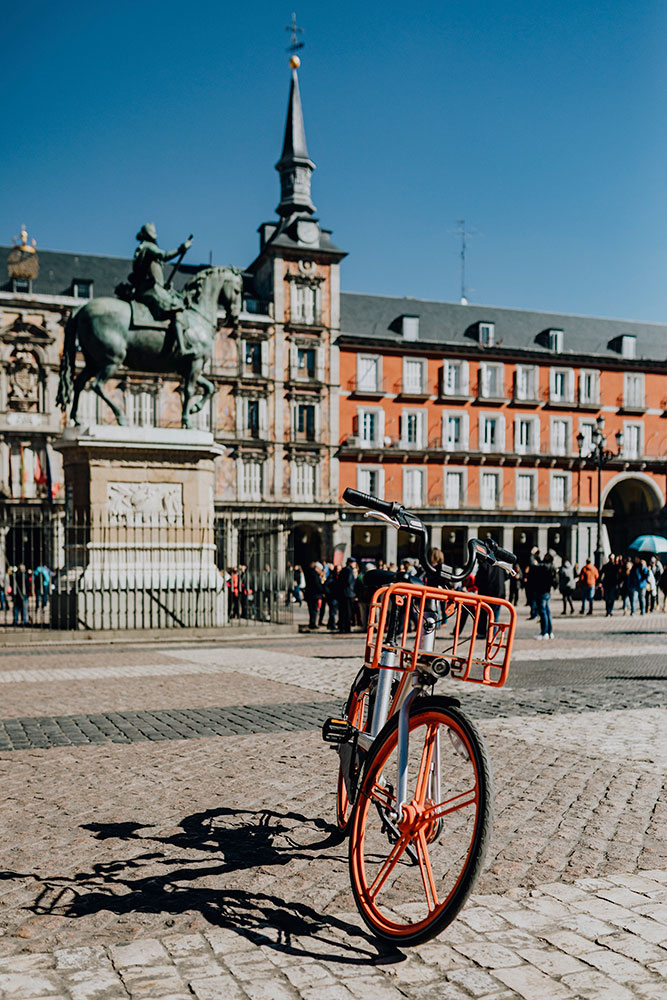Madrid Travel for First-Time Visitors
Madrid is Spain’s capital known for its world-class art museums and late street life. It’s especially famous for the “Golden Triangle of Art” – the Prado, Reina Sofia, and Thyssen museum, which make Madrid’s one of Europe’s top destinations for art lovers. The city has beautiful parks like Retiro Park, a local favourite, great food and a welcoming atmosphere.
Top Attractions in Madrid
Where to Stay (Best Neighborhoods)
Choosing the right barrio will enhance your Madrid experience. Here are great neighborhoods for first-timers:
Sol / Gran Vía (Centro)
The heart of Madrid’s action. This area around Puerta del Sol and along Gran Vía is extremely convenient for visiting major sights (you can walk to the Royal Palace, Plaza Mayor, Prado, etc.). It’s busy, filled with shops, theaters, and eateries. If you love being in the middle of everything, this is the spot.
Barrio de Las Letras (Huertas)
A charming historic quarter between Sol and El Retiro, known as the Literary Quarter (Cervantes once lived here). It has pedestrian streets, literary quotes inscribed on sidewalks, and tons of cafes and tapas bars. Staying here puts you within walking distance of the Prado and other museums, as well as the nightspots on Calle Huertas.
La Latina
South of Plaza Mayor, La Latina is an atmospheric neighbourhood famous for tapas bars (especially along Cava Baja) and the Sunday El Rastro flea market. Its medieval streets and local vibe make it fun for those looking to experience Madrid’s nightlife and traditions. It’s still central, about 15 minutes’ walk to Sol, but has more of a local in feel at night.
Salamanca
If you prefer an upscale, quieter stay, Salamanca (east of the center) is a posh district with high-end shopping (around Calle Serrano) and excellent restaurants. It’s not as packed with tourist sites, but the metro or a 20-minute walk takes you to the core. It’s a good choice for luxury hotels and a more relaxed ambiance while remaining well-connected.
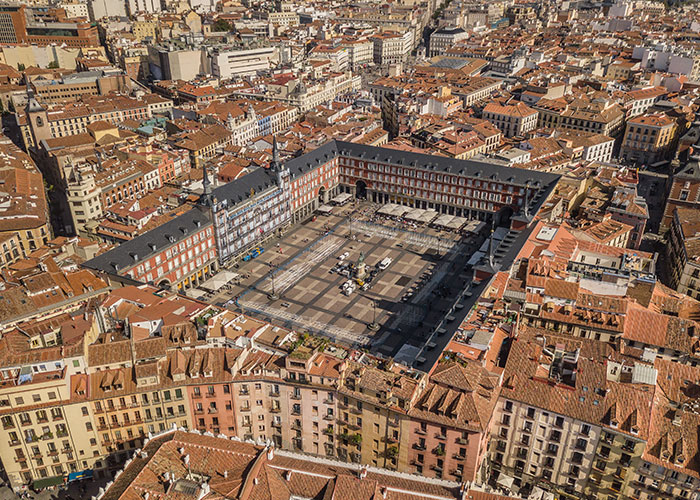
Spring (Mar-May)
A lovely time to explore Madrid’s parks and plazas, with comfortable temps ranging from 13–22°C (55–72°F).
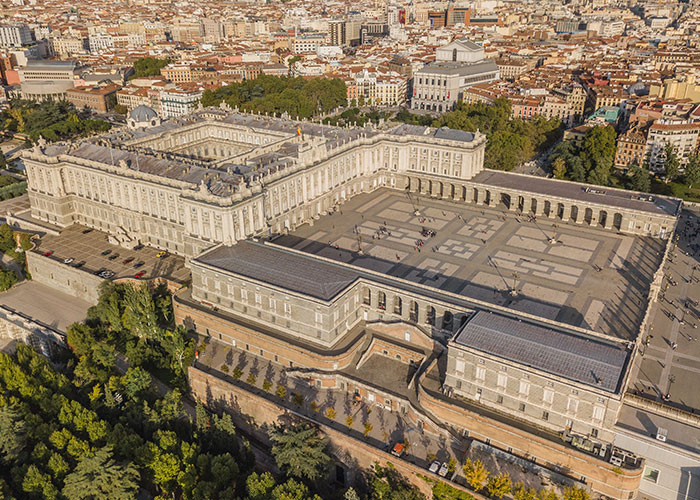
Summer (Jun – Aug)
Hot and dry with long sunny days, expect temperatures around 27–35°C (81–95°F), especially in July and August.
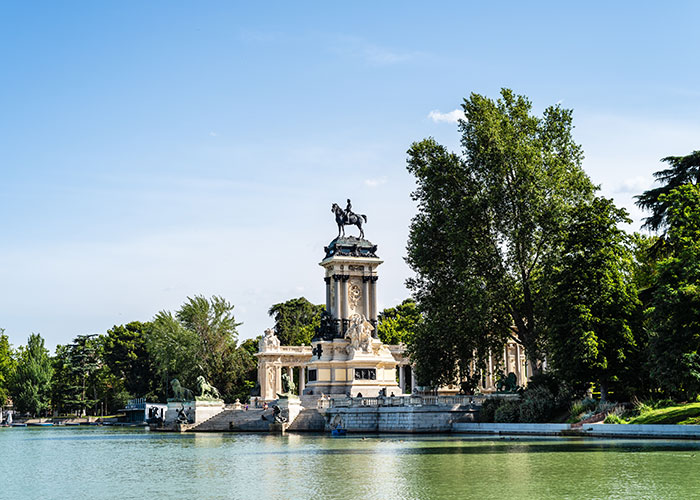
Fall (Sep – Oct)
Warm days and crisp evenings make this a relaxed season to visit, with temperatures between 17-26°C (63-79°F).
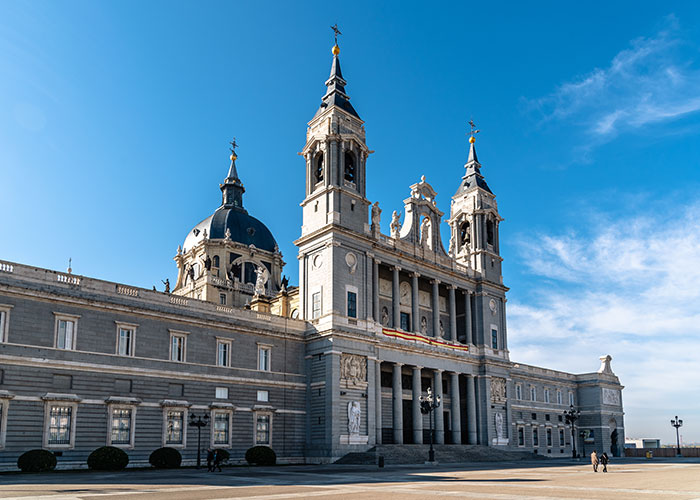
Winter (Nov – Feb)
Winters are chilly but mostly dry, with average temps from 6-13°C (43-55°F), great for museums and fewer crowds.

